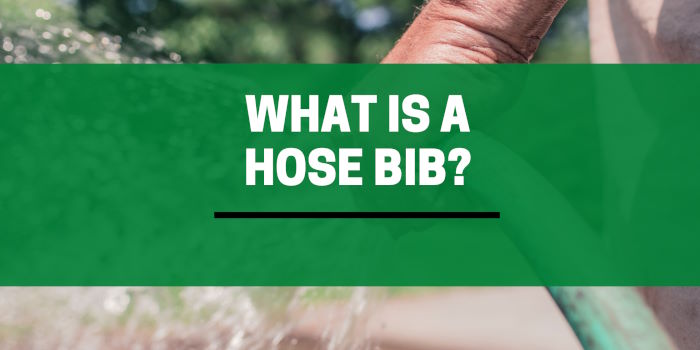
A hose bib is an outdoor faucet that provides easy access to water outside your home. Often installed on an exterior wall, it’s the point where a garden hose is connected to the water supply.
The bib cover and vacuum breakers ensure water flow is regulated and prevent contaminated water from re-entering the water supply system.
Contents
Why Is It Called a Hose Bib?
Have you ever wondered about the quirky name? Originating from the term ‘bibcock’. “Bibb” means to drip or leak. This term aptly describes the function of the bib cover, which controls the consistent water flow of the outdoor spigot.
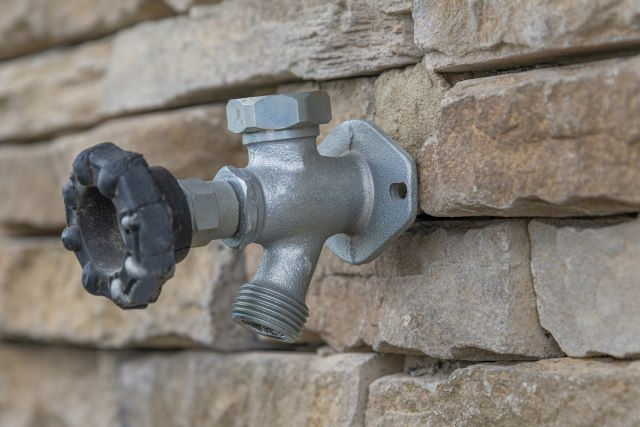
Over time, ‘bibcock’ evolved into ‘bib’, hence the name ‘hose bib’.
The devices can be given many names (sometimes incorrectly) including a spigot, sillcock, tap, or outdoor faucet. There can be key differences between these such as the meaning of hose bib vs spigot.
The Anatomy of a Hose Bib
A hose bib isn’t just an ordinary tap. It’s an assembly of various components:
- The water valve regulates the water flow.
- Packing nut which prevents leaks.
- Vacuum breakers to prevent backflow, ensuring no contaminated water returns to your main supply.
- And, don’t forget the spigot, the point where your hose connects.
How a Hose Bib Works
The hose bib connects to your home’s water supply. When turned on, it allows the water pressure to push water out through the outdoor water faucet.
What Type of Valve Is a Hose Bib?
Most hose bibs utilize Ball valves. They’re usually durable and control the water pressure and flow of water, allowing for easy regulation of the outdoor water faucet.
Moreover, many modern bibs incorporate backflow preventers. These devices prevent contaminated water from going back into the main water supply, a revolutionary addition to the plumbing industry.
Hose Bib Maintenance
For longevity, regular maintenance is crucial for leaky hose bibs, especially during the winter months. You can use insulating with an insulated cover to prevent frozen pipes.
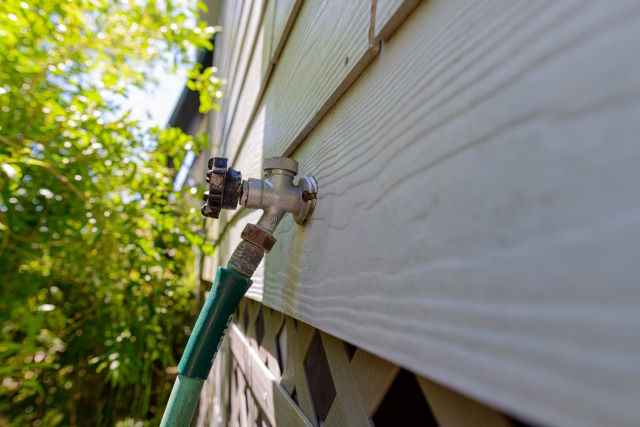
Always check for leaky hose bibs and ensure backflow preventer devices are in working order. Also, keep an eye on that packing nut; it’s often the culprit for those pesky drips.
Benefits of Having a Hose Bib
Hose bibs provide outdoor faucets for various needs, like gardening, cleaning, or filling a pool. Warmer Months are the ideal time to take advantage of this consistent water source.
- Convenience for watering gardens during the Warmer Months.
- Easier car washing.
- Filling a pool or RV.
- Providing water for outdoor events.
Hose Bibs and Freezing Temperatures
Enter the cold climate arena, and things change. As cold weather hits, the water inside can freeze, leading to frozen pipes or even bursts. This is why insulated coverings and frost-free hose bibs exist.
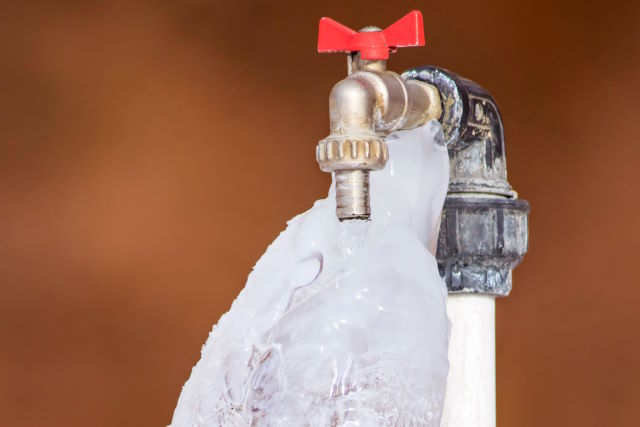
It is also recommended to drain a hose bib as part of winter maintenance when you are not using your garden hose during winter. This empties the water from it and its connected pipes to prevent it from freezing.
Frost Free Hose Bib vs Regular Hose Bib
A frost-free bib is the hero of colder climates. Unlike standard hose bibs, its design prevents frozen water accumulation.
How? The actual water shutoff valve is located deeper inside the exterior wall or even in the utility closet, keeping it away from freezing temperatures.
How Do Frost Proof Hose Bibs Work?
These devices use a longer pipe connecting the shutoff valve to the spigot. When the handle is turned to stop the flow of water, it is linked to a long pipeline attached to a shutoff valve far away from the external wall.
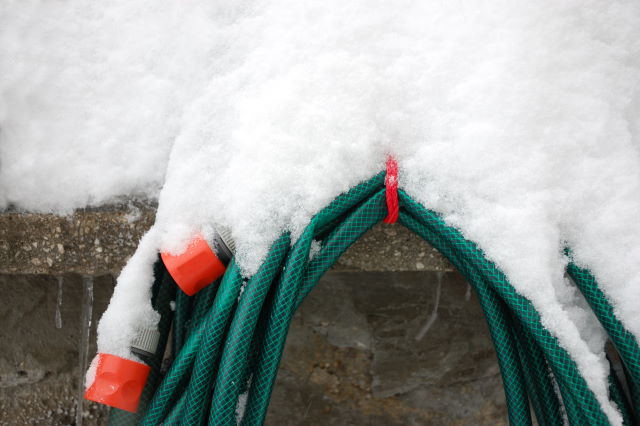
This way, water doesn’t remain in the outer area and is not exposed to cold temperatures. So there is no water near the outer wall of the property to freeze.
Are Hose Bibs Required by Code?
Older building codes required 2 hose bibs or outdoor spigots to be available at a property. This code no longer exists but they are still recommended.
Many regions mandate the inclusion of backflow prevention devices in hose bibs. This protects against contamination by stopping water from flowing back into the property, ensuring your water supply remains pure.
How Much Does It Cost to Replace a Garden Hose Bib?
While costs can vary, anticipate labor costs around $150-$300, excluding materials. Opting for durable options like frost-free versions might increase the cost.
But they save on winter maintenance time and any further issues if you miss your winter maintenance for some reason.
Final Thoughts
When winter months arrive, and temperatures drop, you’ll appreciate the genius behind your hose bib. Whether it’s the frost-free bib shielding you from frozen nightmares or the trusty backflow prevention keeping your water pure, there’s no denying their utility.
By opting for quality models with features suited to your climate, you ensure a robust water source for many years and all year round.
Always remember – with great power (or water flow) comes great responsibility. Keep it maintained, and it’ll serve you loyally.
FAQs
What’s the difference between a Hose Spigot and a Hose Bib?
Both terms refer to the same device. “Hose Spigot” is another name for a hose bib or sill cock.
Why is an insulated cover essential for a hose bib?
It protects your bib from freezing temperatures, especially vital if you don’t have a frost-free version.
How often should I check my hose bib for leaks?
Ideally, during autumn and before winter sets in.
Can I install a hose bib myself?
If you’re handy and familiar with plumbing, yes. However, for a perfect and leak-proof job, consulting professionals is advised.
Why is backflow prevention crucial in hose bibs?
It prevents any contaminants from your garden hose or any external source from getting back into your clean water supply.
